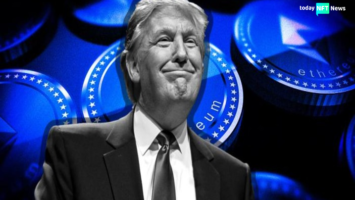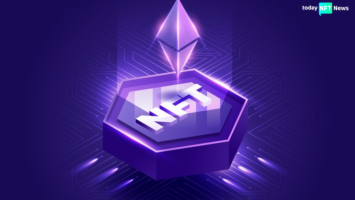SNEAK PEEK
- Three major NFT marketplaces restrict Stoner Cats’ trading amid regulatory concerns.
- SEC charges against Stoner Cats’ parent company raise regulatory worries.
- Dramatic trading volume fluctuations coincide with marketplace actions, leaving reasons open to speculation.
Three prominent non-fungible tokens (NFT) marketplaces have pumped the brakes on trading the cartoon NFT collection, Stoner Cats, as of September 18th. This development has raised eyebrows and fueled speculation within the crypto community.
Stoner Cats, a brainchild of Hollywood actress Mila Kunis, has been the talk of the town lately. Kunis not only lends her voice to an animated web series that accompanies the NFT collection but also plays a pivotal role in its promotion.
OpenSea and Blur, two leading NFT marketplaces, have adopted a cautious approach. While the collection is still visible on their platforms, they have disabled trading by discreetly concealing listings and offers under individual NFT pages. An OpenSea spokesperson clarified that Stoner Cats cannot be bought, sold, or transferred on their platform, though the collection has yet to be outright delisted.
Rarible, on the other hand, has taken a more radical stance, pulling the Stoner Cats collection entirely from public view. They reassure users that ownership remains intact, and these NFTs can still circulate freely on the blockchain or be traded on compatible marketplaces.
The motives behind these restrictions appear multifaceted. Regulatory concerns have cast a looming shadow over the project, with the U.S. Securities and Exchange Commission (SEC) recently charging Stoner Cats’ parent company with securities violations, culminating in a hefty $1 million settlement.
Intriguingly, these market restrictions coincided with dramatic fluctuations in trading activity. DappRadar data reveals that daily trading volumes for Stoner Cats skyrocketed from negligible figures to over $6,000 and $11,000 on September 12th and 13th, only to nosedive back to near zero. Concurrently, floor prices have surged to $96, more than three times their late August and early September values.
Although concerns about the sustainability of these trends may have contributed to marketplace decisions, concrete explanations still need to be discovered. Each platform has chosen to play their cards close to the chest.









